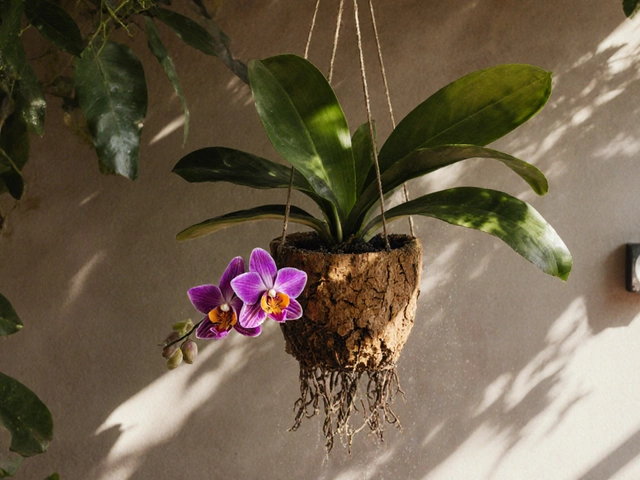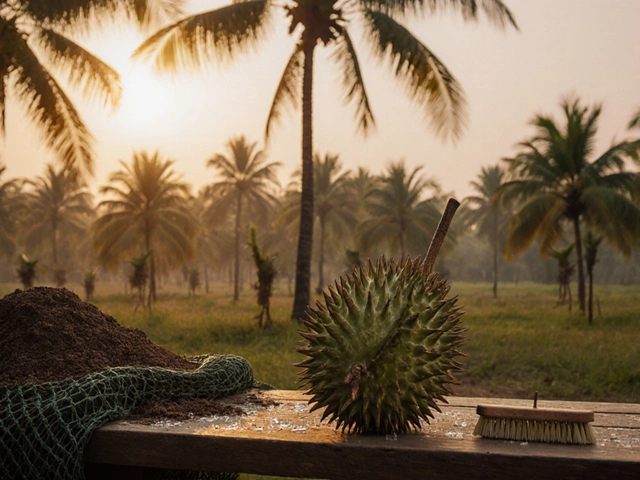Irrigation Flush: What It Is and Why It Keeps Your Drip System Working
When you hear irrigation flush, a routine maintenance step that clears debris from drip lines to prevent blockages. Also known as system flushing, it’s the simple act of opening a line at the end of your drip system to blast out dirt, sand, algae, or mineral buildup that slowly clogs your emitters. Most gardeners never do it—until their plants start wilting and they realize water isn’t reaching the roots. That’s when they find out the emitter that looked fine was actually half-blocked, and the whole zone was starving.
Think of your drip system like a network of tiny veins feeding your garden. If those veins get clogged, the whole system suffers. drip irrigation, a water-efficient method that delivers moisture directly to plant roots through tubes and emitters saves water—but only if it works right. A single clogged emitter can turn a well-designed system into a leaky, uneven mess. And it’s not just dirt. In hard water areas, calcium and magnesium build up like rust in pipes. Algae grows in sunlight-exposed lines. Roots creep into drippers. All of it adds up. That’s why flushing isn’t optional—it’s the difference between a thriving garden and a frustrating mystery of dying plants.
You don’t need fancy tools. Just open the end cap or a flush valve, let water run for 2–5 minutes, and watch the gunk come out. Do it at least twice a year—once before the growing season starts, and once after heavy use in summer. If you’re in a dusty or sandy area, or you use well water, do it every 6–8 weeks. Skipping it means you’re not just wasting water—you’re wasting time, money, and effort. And it’s not just about fixing problems. Regular flushing extends the life of your emitters, reduces pressure on your pump, and keeps your system running like it should.
Some people think mulch or filters make flushing unnecessary. They don’t. Filters catch big stuff, but fine particles slip through. Mulch stops weeds, not mineral deposits. And if you’ve ever opened a drip line after months without flushing, you’ve seen it: thick, slimy gunk inside the tubing. That’s not normal. That’s neglect. The good news? Fixing it takes five minutes. And once you do it, you’ll wonder why you waited so long.
The posts below cover everything from how to design a flushable drip zone, to why your emitters keep clogging, to how to tell if your system needs cleaning before your plants show signs of stress. You’ll find real fixes—not guesses. No fluff. Just what works in Indian gardens, with hard water, high dust, and unpredictable seasons.
Learn the essentials of maintaining a drip irrigation system by understanding the necessary frequency of flushing. Discover why regular flushing is vital, how different soil types impact your schedule, and practical tips for keeping your system clean and effective. This guide breaks down everything a gardener or farmer needs to know about keeping their drip irrigation running smoothly.
Continue reading...





